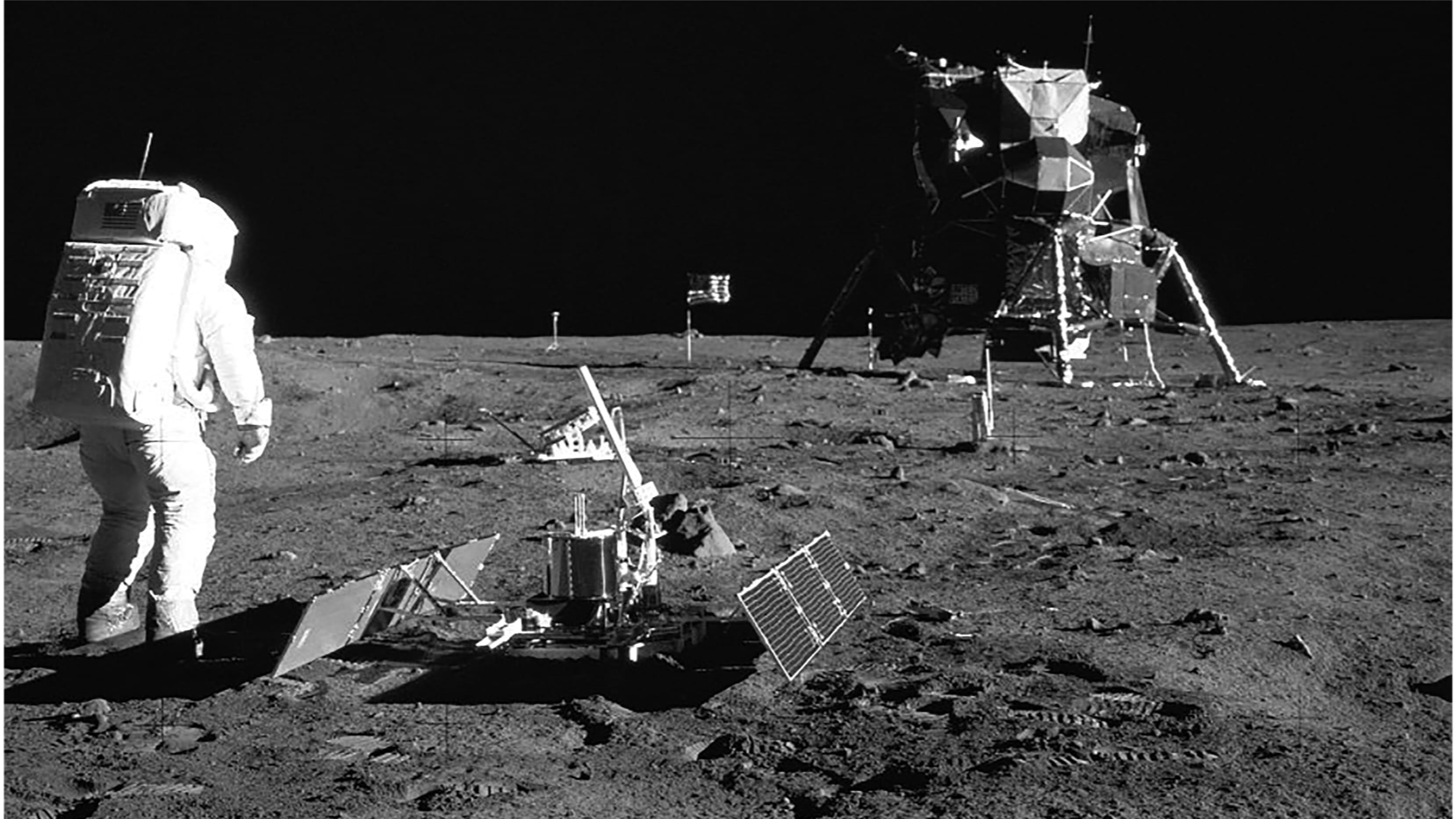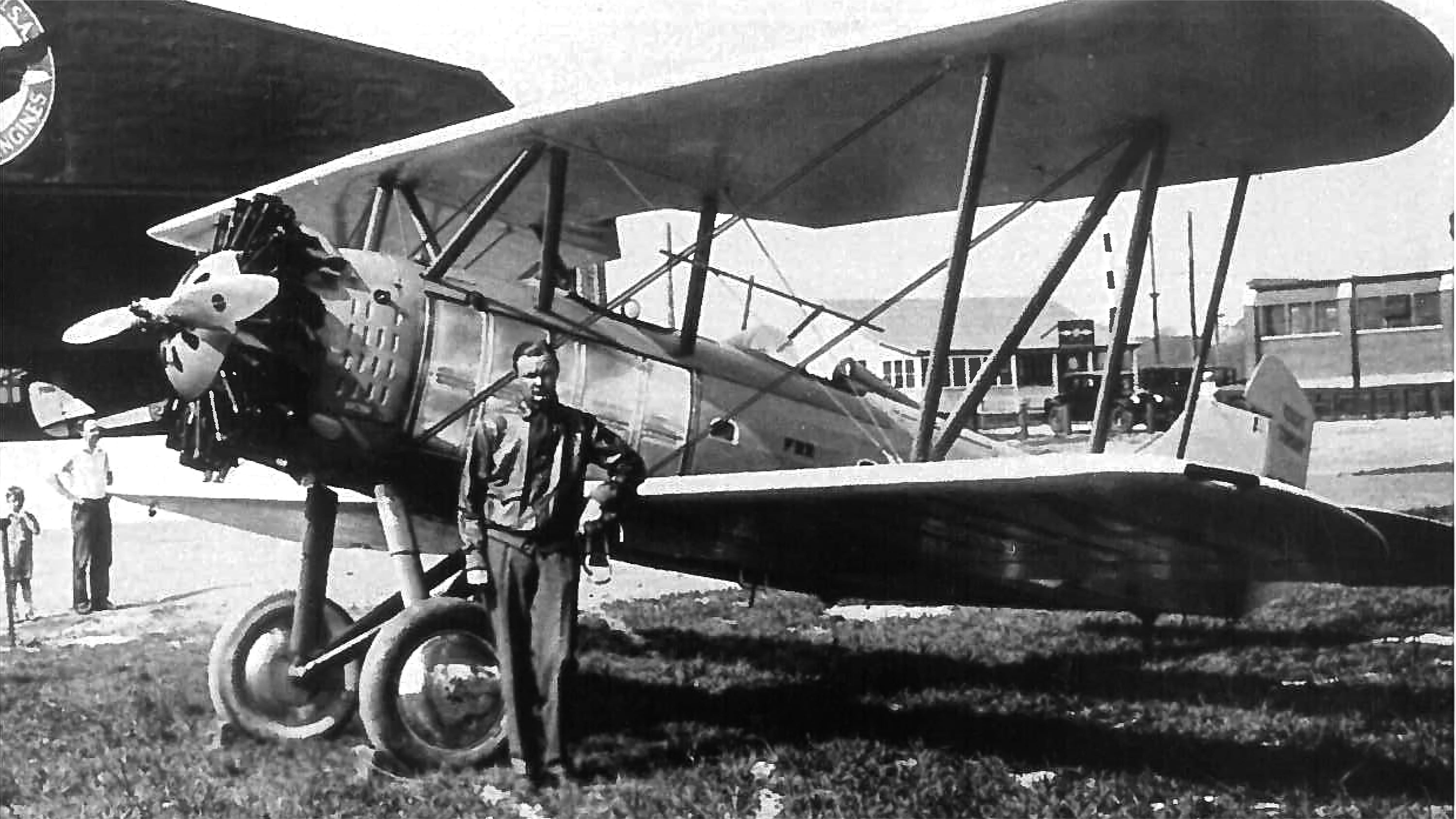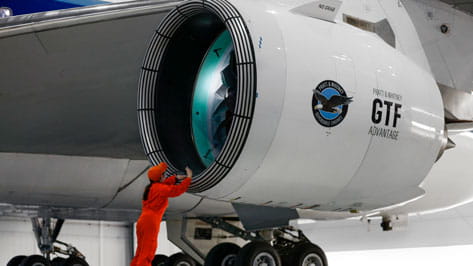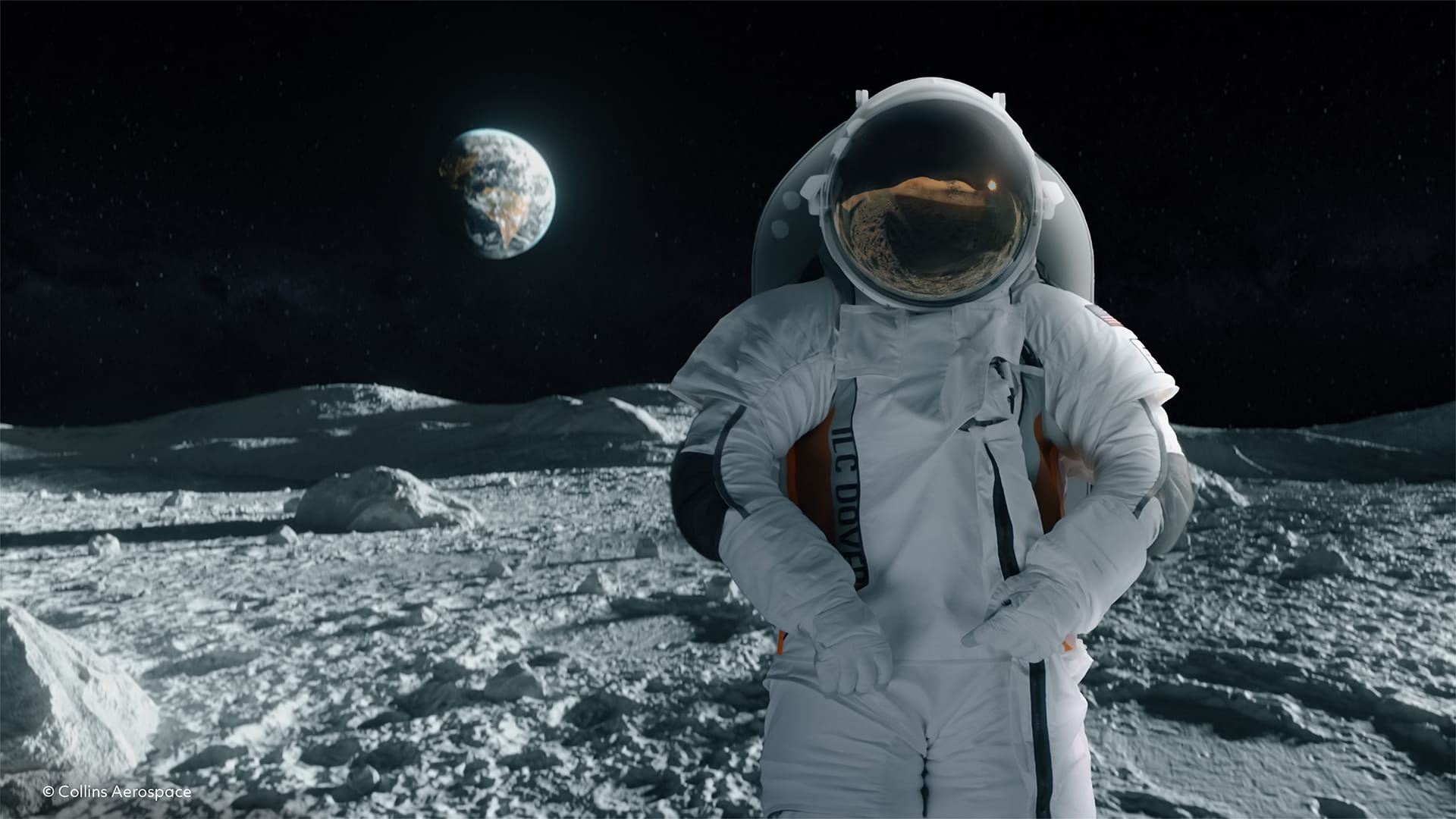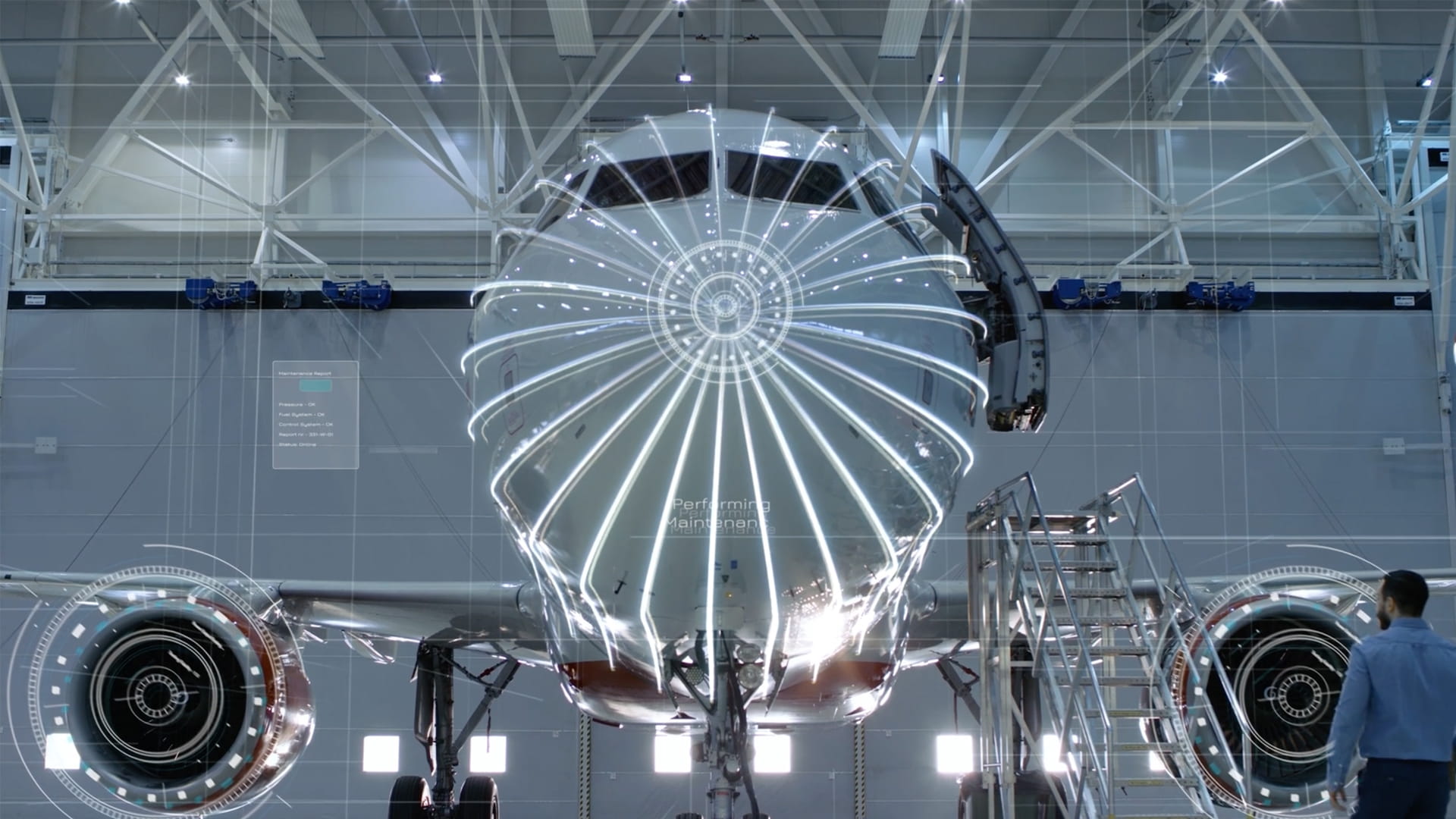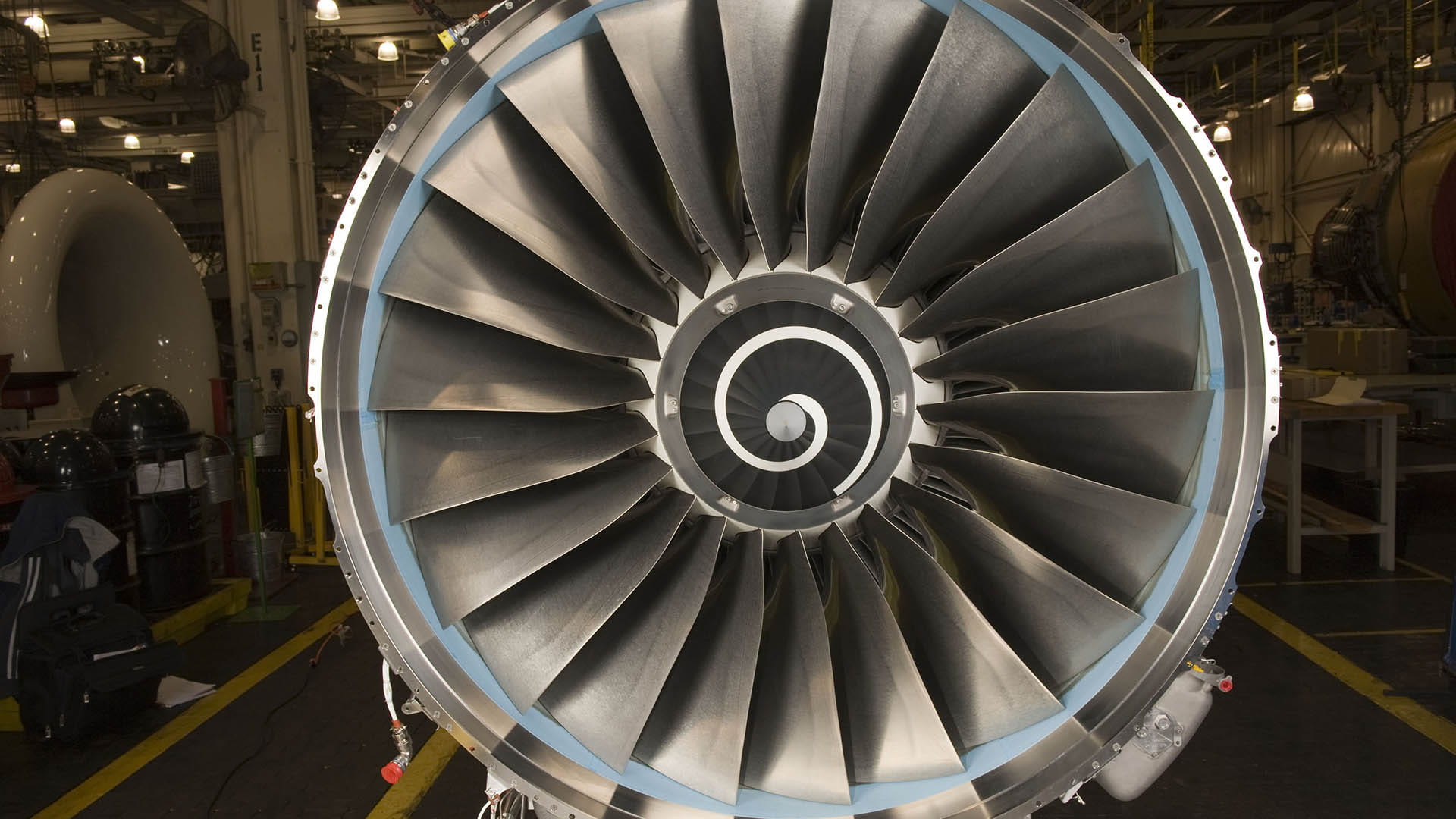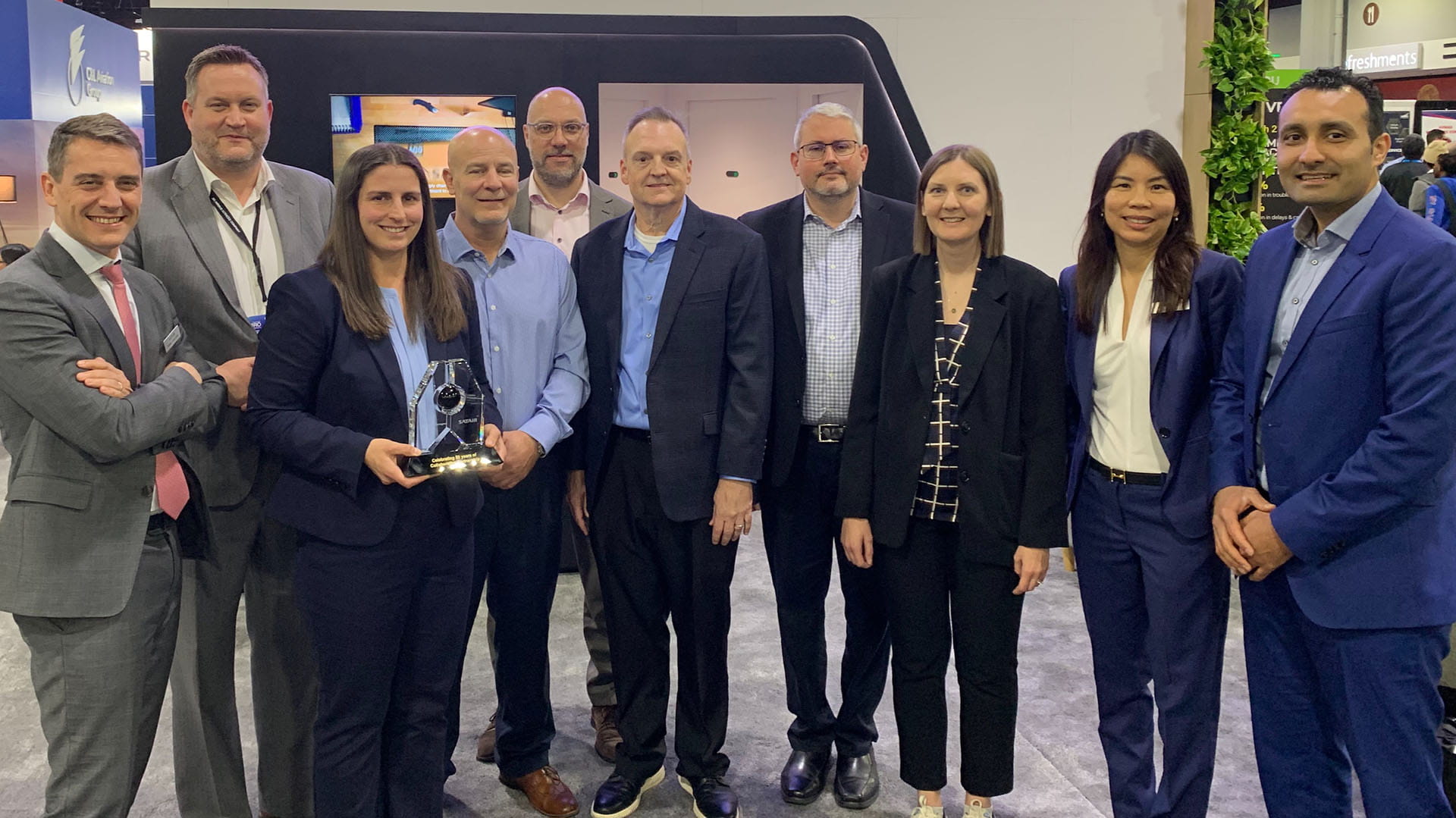100 years of era-defining innovation
Celebrating the centennial anniversary of Raytheon Company
In 1922, on the vacant third floor of a building in Cambridge, Massachusetts, the founders of what was essentially a tech startup used chalk and string to trace the footprint of their first lab.
Within those modest confines, the entrepreneurs had planted the seeds of what would become Raytheon Company, setting in motion a century-long story of excellence in technology, innovation and continual renewal. That journey continues today through Raytheon Technologies, a company whose collective heritage of era-defining innovations spans three centuries.
“At Raytheon Technologies, our founders were pioneers in the truest sense, creating an incredible legacy that has shaped air travel, global defense and space exploration,” said Raytheon Technologies Chairman and CEO Greg Hayes. “With more than three centuries of combined history, we have a rich legacy built on innovation and vision for the future.”
The businesses that make up Raytheon Technologies share a distinguished legacy of innovation and transformation.
The early days of Raytheon Company
Raytheon Company, originally known as the American Appliance Company, was founded on July 7, 1922, near the Massachusetts Institute of Technology by Laurence Marshall, an engineer and businessperson; Dr. Vannevar Bush, who would become dean of MIT’s School of Engineering and science advisor to President Roosevelt during World War II; and Dr. Charles G. Smith, a brilliant scientist.
Their breakthrough innovation was a tube that transformed the radio into an accessible, affordable device for the home. They called it Raytheon, an amalgam of Old French and Greek that meant “light from the gods,” and its success led them to rename the company after what had become its signature product.
Many ventures soar early and fizzle. But Raytheon Company built on its initial success, gathering those founding threads into an identity that would evolve and grow repeatedly in the decades to come.
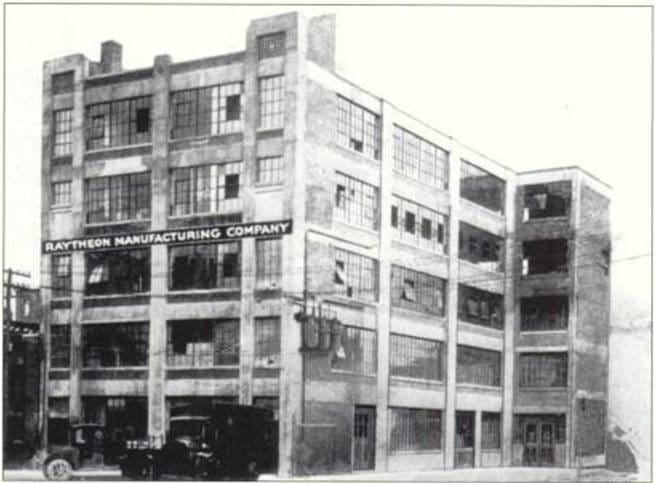
The first Raytheon production facility was in this building in Kendall Square in Cambridge, Massachusetts, shown here in 1928.
“The Little Engine That Could”
The company's spirit is captured succinctly in a 1930s-era photo that shows Marshall grasping the handle of a telephone. Tucked underneath on a shelf is a copy of “The Little Engine That Could” – a symbol of the can-do attitude that has propelled the company throughout its history.
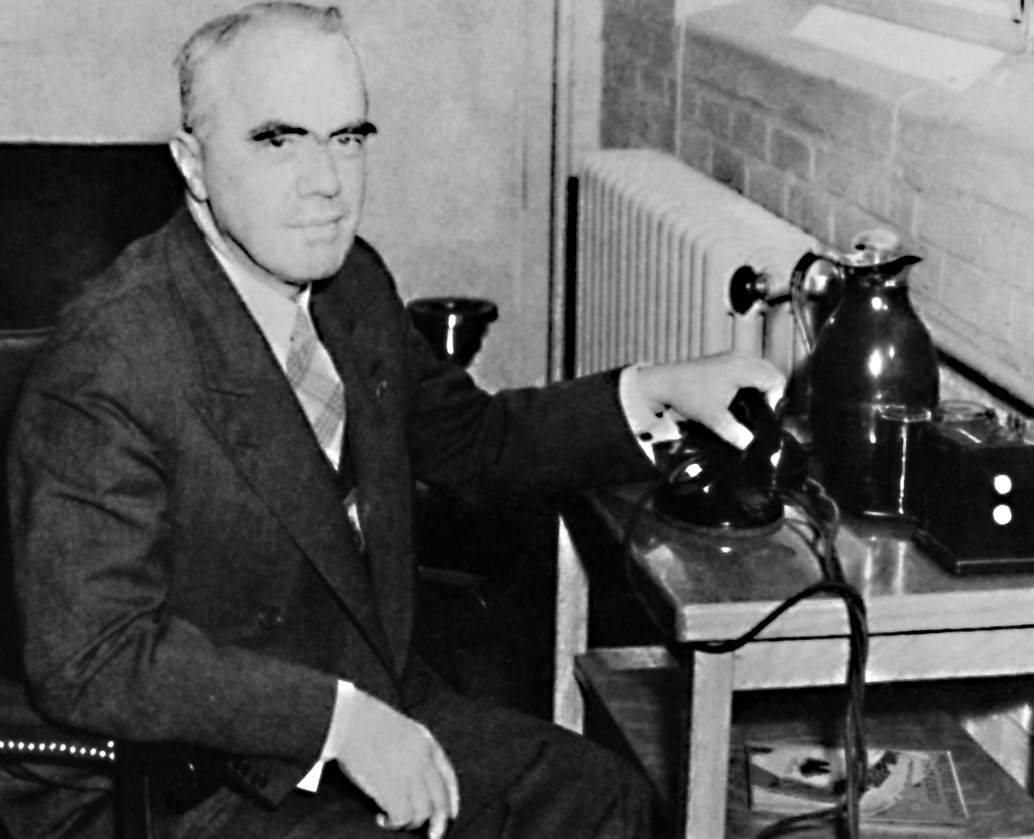
Laurence Marshall, a co-founder of Raytheon Company, is shown in this 1930s-era photo.
There's the story, for example, from the early World War II era of how Raytheon’s brilliant chief engineer, Percy Spencer, figured out how to mass produce magnetrons, the heart of radar, which were desperately needed for the war effort. The breakthrough transformed a company best known for radio tubes into one that became synonymous with complex radar and guidance systems. Another system, the shipboard SG radar, is credited with helping secure victory at sea.
While the defense work continued after the war – notably with the guided Lark missiles that made a historic intercept of a drone target in flight – the postwar era kicked off a period of expansion and diversification for Raytheon Company. At the fore was another Spencer innovation; one day he approached a magnetron and realized the candy bar in his pocket was melting. The result was the world's first microwave oven. Raytheon Company named it the Radarange, and suddenly, the company was in the appliance business. This renewal also saw commercial ventures in educational textbook publishing, petroleum exploration, industrial construction and the aircraft business.
Raytheon Company made major contributions to the 20th century's signature technological achievement by providing the computer that guided the Apollo 11 astronauts to the moon. Other parts of today’s Raytheon Technologies supported that mission as well, contributing communications equipment, fuel cells, environmental controls and spacesuits.
At the end of the Cold War, Raytheon Company shifted strategy once again, developing world-renowned defense, security and aerospace systems such as the Patriot Air and Missile Defense System; early-warning, phased array radars that have helped keep the peace; the Standard Missile-3 that rose to intercept a failing satellite; and the Visible Infrared Imaging Radiometer Suite producing the highest-resolution composite Earth image.
The company accomplished this feat of continual innovation by attracting and retaining talent, by encouraging diversity of thought and new ideas, and also by acquiring businesses such as E-Systems, Texas Instruments Defense and Hughes Defense. These and other like-minded technology organizations added their own rich heritage of innovation, from use of the first network email and the “@” sign as part of an email address to world-class expertise in cybersecurity.

The equipment used by Ray Tomlinson, a principal engineer with Bolt, Beranek and Newman (later acquired by Raytheon Company) to send the first network email in 1971.
Raytheon Technologies: Advancing the edge of innovation
In 2020, Raytheon Company renewed itself once again, joining with the aerospace businesses of United Technologies Corporation to form Raytheon Technologies – the world's largest aerospace company. Raytheon Technologies now has some 174,000 employees, including 58,000 engineers, and its physical footprint includes 235 manufacturing, production and overhaul facilities around the world – a long way from that modest lab in Cambridge.
So, while the technologies have evolved – focusing today on areas like avionics, cybersecurity, directed energy, electric propulsion, hypersonics and quantum physics – what hasn’t changed is the company’s drive for era-defining innovations.
Today, that drive is evident in the work of the researchers, engineers and other innovators who are using the company's $7.2 billion research-and-development investment and 52,000 patents to make air travel safer, more sustainable and more connected; defense systems smarter; and space technologies more nimble and dynamic.
Recent examples include touchless airport check-in kiosks during the COVID-19 pandemic; the ship-based SM-3 Block IIA interceptor destroying a simulated ballistic missile; the Geared Turbofan engine – the most efficient single-aisle aircraft engine ever built – and NASA's next-generation spacesuit.
Over the past century, the businesses that now make up Raytheon Technologies have broken barriers, defied expectations and set a bold vision that shaped commercial air travel, defense advancements and the exploration of space.
"Bringing together our two great companies as Raytheon Technologies combined the best of commercial aerospace and defense technology," Hayes said. "From this solid foundation, we’ll continue defining the future of aerospace and defense – driven by technology, innovation and collaboration – into the next century."
How radars tell the tech story of Raytheon Company
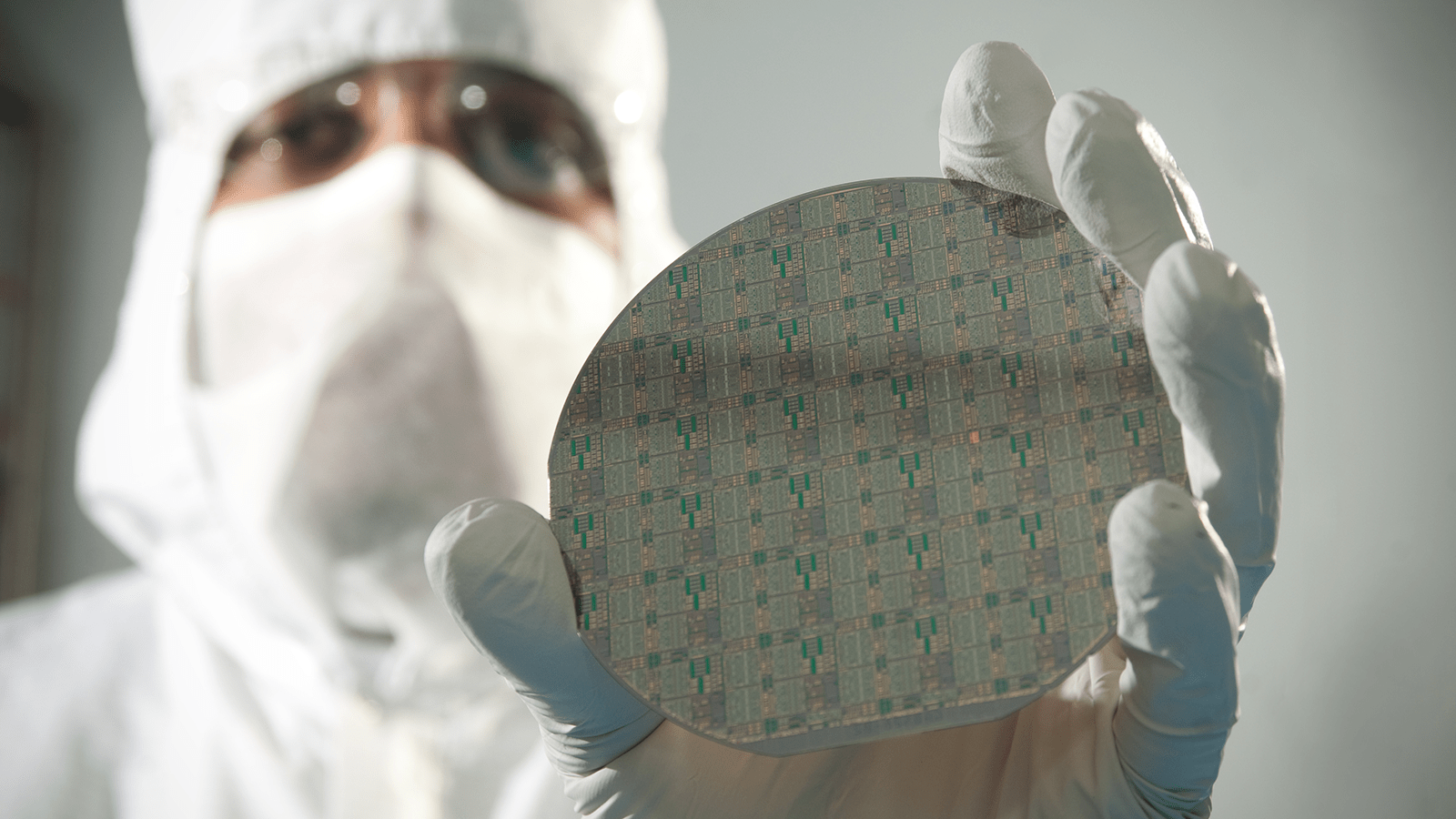
The story of radar is the story of Raytheon Company. See how an invention in 1942 sparked a spirit of innovation that continues today under Raytheon Technologies.


